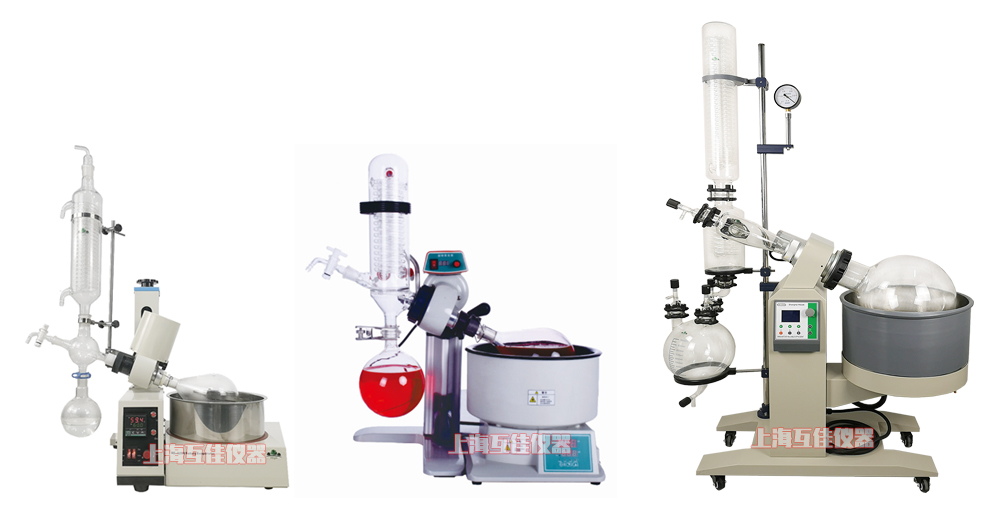The “Golden Rule” for Solvent Removal When Using a Rotary Evaporator
Dec 10,2022 | Shanghai HJLab

Solvent removal remains an unavoidable process that scientists and engineers must perform on scales ranging from a few milliliters to thousands of liters. The use of a rotary evaporator in this process has become very common for single batch and continuous processes. Most scientists become familiar with the technique in a university experimental laboratory course. The technique can be picked up quickly – much like other daily tasks.
Unfortunately many rotary evaporator users forget the scientific principles of solvent evaporation. This is evidenced by pulling ultimate vacuums without control, the knowledge of pressure, the use of secondary condensers, problematic bumping and the use of bump traps. To achieve optimal distillation conditions, the distillation energy supplied by the heating bath must be removed by the condenser.
An easy concept to remember for solvent removal by a rotary evaporation is the 20/40/60 Rule.
20/40/60 Rule
The vacuum is adjusted properly for each solvent with an operating bath temperature of 40℃ which is subsequently condensed at 20ºC. The rule can be applied to lower bath temperatures too, e.g.: Cooling water: 0ºC; Vapor: 20ºC; Bath: 40ºC.
Obviously, an accurate and adjustable vacuum control system will be better. The 20/40/60 Rule makes solvent removal simple and effective. The vacuum is the only setting to alter and that value is chosen easily from a chart.







